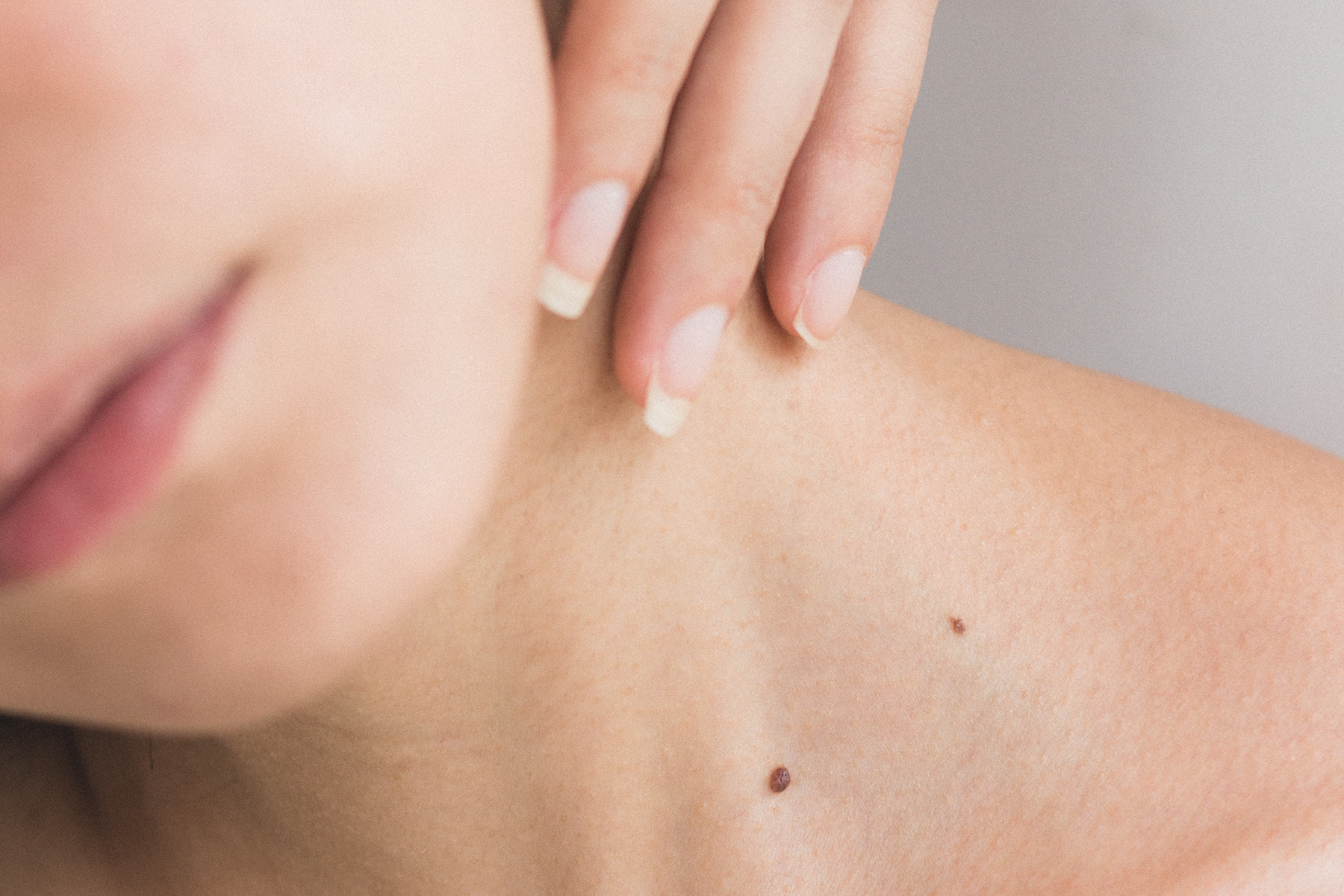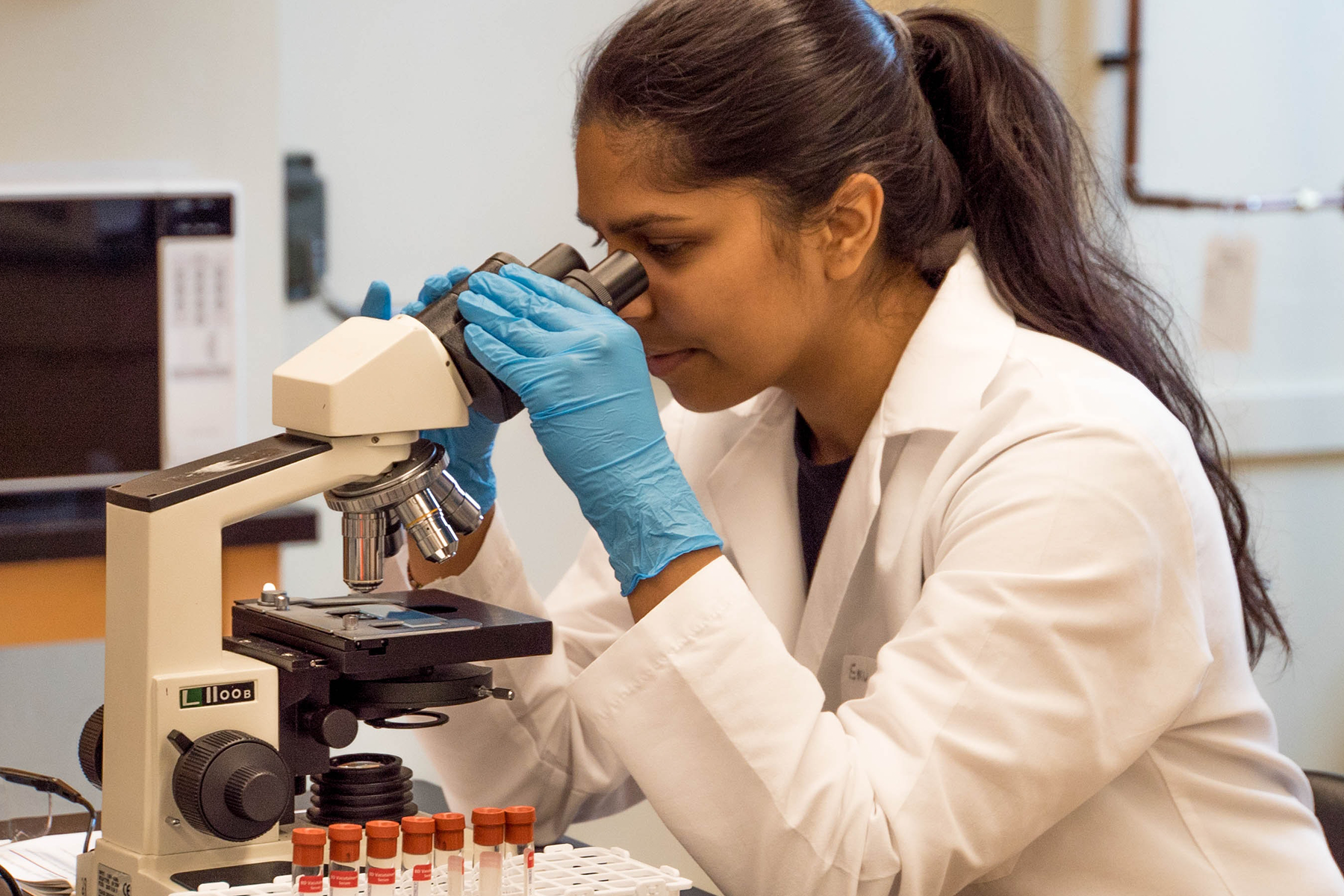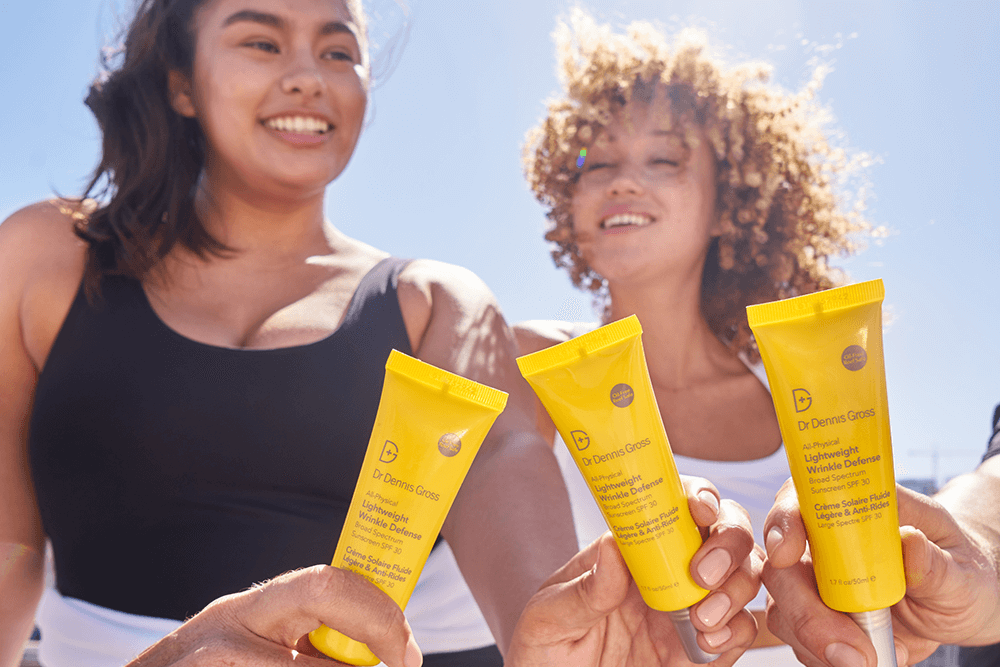The+Source
Goodbye summer, hello cozy sweaters, apple-picking, and pumpkin pies. But before we close the door on swimsuit season and wrap up the annual wardrobe swap, there is one more end-of-summer practice we can’t forget: a skin check.
You actually get about 20% of your annual sun exposure during the fall, winter, and spring. The other 80% occurs during summer. This is important not only when considering at-home skin checks, but it is also important in remembering to always wear sun protection.
After months of being out in the sun, you might find some new, maybe even suspicious, spots.
Are skin exams really that important?
In one word, yes. Obviously, visiting your dermatologist annually is critical (don’t forget to schedule an appointment if you haven’t already), but performing your own routine skin exams is key to identifying potential skin cancer spots early.
It probably comes as no surprise, but the sun is one of the biggest causes of skin cancer and it affects a significant amount of people.
One in four people develop skin cancer in their lifetimes. In fact, more people are diagnosed with skin cancer in the US than every other cancer combined.
When and how to do a skin cancer self-examination at home
Doctors and dermatologists recommend performing your own at-home skin exam once a month. Of course, if you are at a higher risk for skin cancer (aka you are fair-skinned, have a family history of skin cancer, or are regularly exposed to the sun as a result of your job or a sport you play), you should check more frequently. Depending on your risk level, your dermatologist may ask you to come in for a professional skin check more than once per year.
Here’s what you need to know about doing a skin check at home:
Step #1: Know what to look for
Remember, you’re looking for very specific things. Moles, freckles, blemishes, or other spots you’ve never noticed before. Anything you swear you didn’t have before.
These could just be biological changes, nothing to worry about. But other times, they could be early signs of skin cancer or illness.
So, grab a pen and notepad and look for what’s known as the ABCDEs of skin cancer:
A - The first thing to look for is asymmetry. Check if any spots, moles, freckles, or anything else on your skin has an irregular shape.
B - Next, look at the edges, or borders, of your spots. An irregular, or otherwise different-looking border can be an early sign of skin cancer.
C - How does the color look? If the color is uneven or different from other spots, take note.
D - Check out the diameter. Look for anything bigger than the size of a pea.
E - Is the spot evolving? You should monitor any new developments. Regular checks are important, so, keep an eye out for new spots or moles.
Most of these things are easy to notice. However, one of the biggest challenges is physically seeing these changes in certain areas. Having someone else (like a dermatologist) check hard-to-see spots can be helpful. Or, if you have a partner, ask them to take a picture of what they see.
Step #2: Look in the mirror
Now that you know what to look for, it’s time to get serious. Stand in front of a mirror and face it. The bigger the mirror and the brighter the lighting, the better. Your head, shoulders, and abdomen should all be fully visible. A handheld mirror or another stationary mirror will work if you don't have this size mirror.
Once you’re there, check your face, ears, neck, and throat. Then, check your chest and stomach and underneath the breasts.
Next, take a look at your arms. Lift them and make sure to get a clear view of your armpits as well.
Finally, carefully check your hands. Look everywhere, even under your fingernails.
Step #3: Take a seat
Once you’re finished in front of the mirror, find somewhere to sit down. Make sure the place you choose is well lit. Grab a chair and move it to the best lit place you can find if you need to.
Then check your legs. Start with your thighs and move down to your shins. Then check your feet, and finally in between your toes and under your toenails. The process is about the same as when you checked your arms and hands.
You’ll need a hand mirror for these next parts.
First, look at the bottom of your feet, your calves, and the backs of your thighs. Work your way up your back, but make sure not to skip your genital area while you do. Start with your rear end and move to your lower back, then your upper back. After that, look at the ears and the back of your neck.
To wrap up your skin check, grab a comb. This part might take a little longer than the others, but it’s well worth the time.
Divide your hair into sections. Then, check your scalp. Again, it can help to have someone else check for you. This is something a partner, trusted family member, or even a comfortable friend can help with.
What do I do if I find a suspicious spot?
Don’t panic but do schedule an appointment with your dermatologist ASAP. Early detection and immediate treatment are key to successful treating skin cancer. Make a note of where the suspicious spot is (you can even take a picture of it) and dig up other images that may show the spot at an earlier time – that picture of you in your bikini you posted to IG a few years back might come in handy.
Don't put off your first skin exams
Taking just a few minutes each month to do an at-home skin check can save your life. While a dermatologist can help you understand your specific spots and guide you toward the most suitable treatment if it’s needed, examining your skin in-between visits is equally important.
Discover Dr. Dennis Gross Skincare for All Your Skincare Needs
For more skincare tips from the experts at Dr. Dennis Gross, check out our blog’s newest content. Shop the collection of Dr. Dennis Gross bestselling skincare backed by dermatologists.






